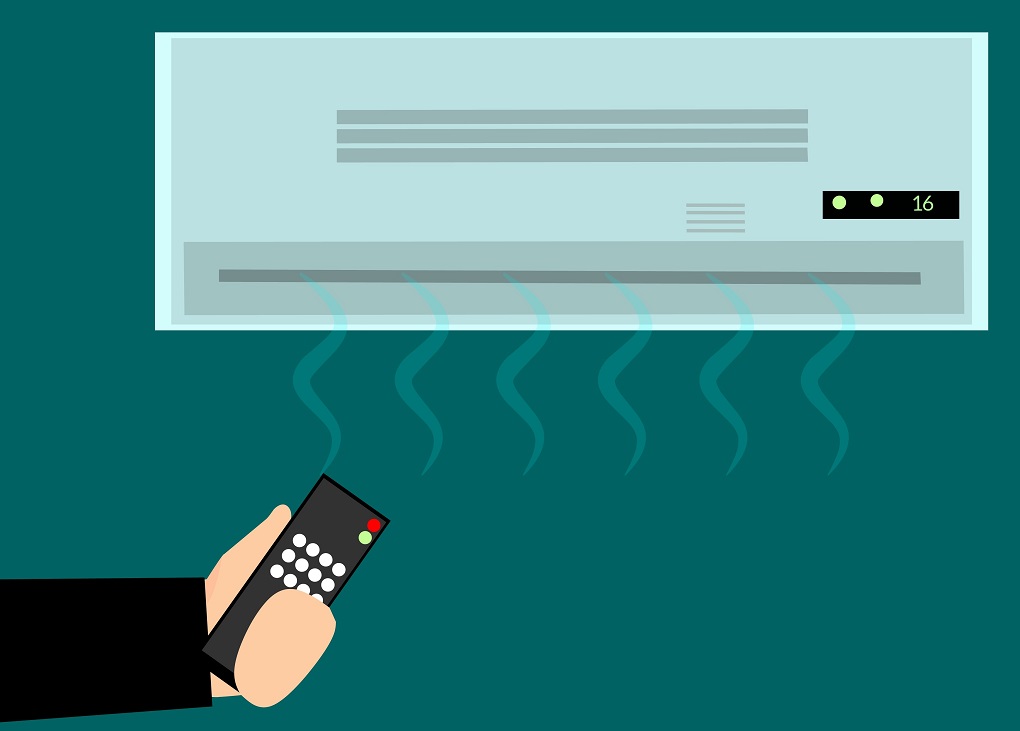A survey published by consumer comparison site Finder has highlighted the extent to which Australians waste energy by running their air conditioning when they are not at home.
The survey reports that 2.3 million Australians – or 24 per cent of the population – have their air conditioning running when they are out. Put another way, Australians are wasting on average almost an hour each day cooling their houses when nobody is home, adding almost $100 to their summer bills.
Finder’s Energy Expert Graham Cooke says that most of this “wastage” is generated from three main causes. These are people remotely activating their AC units to cool down their homes before they arrive, forgetting to turn them off when they leave, or setting them on timers.
“Our recommendation is to get smarter with home devices, to reduce the amount of time that the aircon is on unnecessarily,” says Cooke. “If you get the IFTTT (If This Then That) app for example, which is free, you can use a trigger based on your location, you can connect that directly to a modern Internet of Things (IoT) aircon, or you can get a universal remote control for all aircons that you can connect to the app.
“And you can then trigger your air conditioning to come on when you’re in within a certain distance of your home and turn off when you leave it. You can get the same thing to trigger your lights – it’s a great way to save energy.”
As reported in the February issue of Ecolibrium, however, there are differing perspectives on whether such technology really does save energy. Ethnographic studies conducted at the Centre for Urban Research at RMIT University have noted that the movement towards smart devices – and smart homes in general – is leading to an increased use of air conditioning and other appliances, rather than energy savings.
“[Smart homes] could increase our expectations for comfort,” says Associate Professor Yolande Strengers, “and make us desire more thermostatically controlled and very stable environments. They can elevate our standards in a way that could actually increase energy demand in the future.”
The same research revealed that, as well as smart technology, the need to keep pets and equipment cool could be major factors contributing to increased air conditioning use. This would suggest that the extra energy use is not so much waste, but rather an unidentified need for cooling when no one is at home.
The Finder report also highlights set-points as an area for potential savings. According to the survey, the average Australian’s air conditioner is set to 22°C.
“We normally recommend upping it to 24°C,” says Cooke. “Every degree higher you set it to can save about 10 per cent of the energy consumed, so you can save 20 or 30 per cent just by doing that.”
Although there have been campaigns encouraging offices to revise their set-points – such as Expand the Band – it appears there may be value in aiming similar initiatives at households.
 Mark Vender
Mark Vender


Leave a Reply to Mark Vender Cancel reply